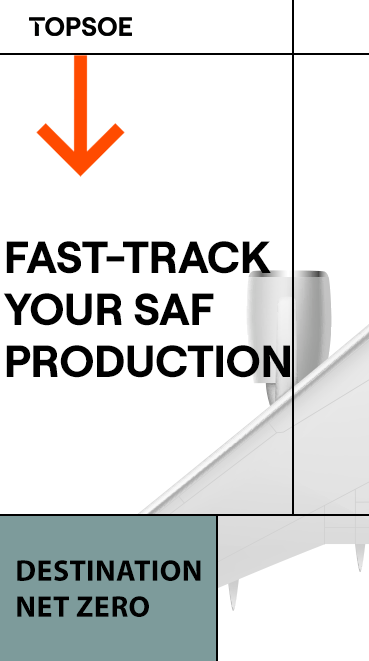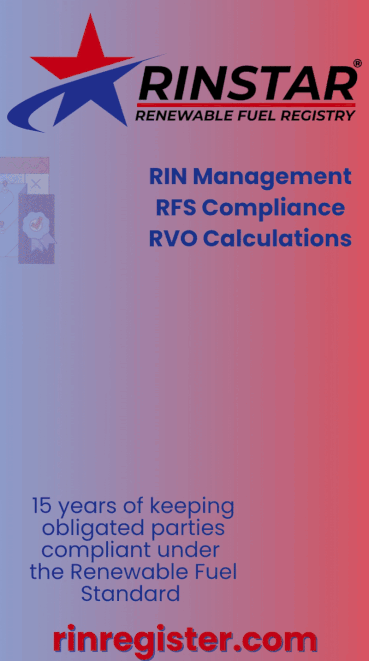Fit for 55: European Parliament, Council reach deal on sustainable aviation fuel
- European Parliament
- Apr 26, 2023
- 2 min read

Negotiators in the European Parliament and European Council agreed April 25 to increase the uptake of sustainable fuels, such as advanced biofuels or hydrogen, in the aviation sector.
A provisional deal reached April 25 between Parliament and Council negotiators on RefuelEU Aviation rules sets the minimum share of sustainable aviation fuel (SAF) to be made available at EU airports to cut emissions and ensure the EU becomes climate neutral by 2050.
Members of the European Parliament secured an agreement that, starting from 2025, at least 2 percent of aviation fuels will be green, with this share increasing every five years to:
6 percent in 2030
20 percent in 2035
34 percent in 2040
42 percent in 2045
and 70 percent in 2050
In addition, a specific proportion of the fuel mix (1.2 percent in 2030, 2 percent in 2032, 5 percent in 2035 and progressively reaching 35 percent in 2050) must comprise synthetic fuels like e-kerosene.
According to the deal, the term “sustainable aviation fuel” will include synthetic fuels, certain biofuels produced from agricultural or forestry residues, algae, biowaste, used cooking oil or certain animal fats, and recycled jet fuels produced from waste gases and waste plastic.
Parliament members “ensured that feed and food crop-based fuels and fuels derived from palm and soy materials will not be considered green, as they do not align with the sustainability criteria,” Parliament stated in a press release. “They also managed to include renewable hydrogen as part of a sustainable fuel mix, a promising technology that could progressively contribute to the decarbonization of air transport.”
To further promote the decarbonizing of the aviation sector and to inform the public, members ensured that as of 2025 there will be an EU label for the environmental performance of flights.
Airlines will be able to market their flights with a label indicating the expected carbon footprint per passenger and the expected CO2 efficiency per kilometer.
It will allow passengers to compare the environmental performance of flights operated by different companies on the same route.
Parliament members also managed to convince EU member states to direct all revenues from noncompliance fines from airlines, airports or fuel suppliers to research and innovation into bridging the price difference between sustainable and conventional fuels.
“After months of intense negotiations, I am happy to conclude the Fit for 55 package today,” said José Ramón Bauzá Díaz, rapporteur with the European Parliament. “I am also proud to say the European Parliament has been successful in defending and advancing the ambitious development of sustainable aviation fuels across the EU. We have created a level playing field through harmonized rules and preserved EU air connectivity. With this regulation, the decarbonization of aviation becomes closer.”
The informal deal still needs to be approved by the Council Committee of Permanent Representatives and Parliament’s Transport and Tourism committee, and then the European Council and European Parliament as a whole.
Civil aviation accounts for 13.4 percent of total CO2 emissions from EU transport.
The ReFuelEU Aviation initiative is part of the “Fit for 55 in 2030 package,” the EU’s strategy to reduce greenhouse-gas emissions by at least 55 percent by 2030 compared to 1990 levels, in line with the European Climate Law.

























-RKstandin.jpg)





